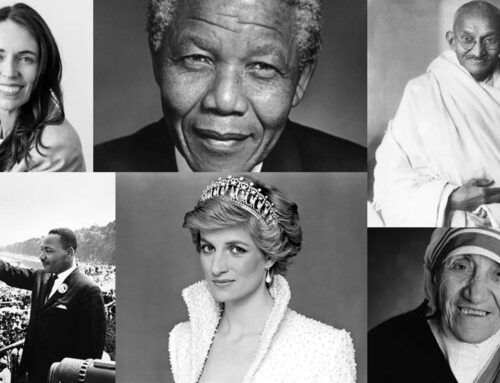
The Shape of Success
You’ll be surprised how the shape of a table – and an agenda – changes a meeting.
There is a mythical business story that seems to get passed down through business schools about a CEO who had two meeting tables, one round, the other rectangular. In a regular meeting with their executive team, they would all first meet in the morning around a rectangular table, where each would represent and fight for their functional or regional interests. In the afternoon they would meet at a round table, where functional and regional interests would give way to corporate interests, a management version of King Arthur’s round table, where there was a more equal status and a more worldly perspective.
Communication experts talk about it in terms of proxemics, the way the physical space we’re in influences our social interactions. Yet, simply as a management metaphor, the difference is worth noting, as the agendas for the two types of meetings are very different and it is unhelpful to conflate them.
A rectangular table tends to reinforce power dynamics, with those closest to the head potentially exerting more power. Rectangular-style meetings should be highly operational, frequent, possibly weekly, and the agenda’s focus is on what’s happening in the business.
By contrast, a roundtable-style meeting has all participants sitting in a much more equal space, allowing for a more collaborative dynamic to emerge. Round table meetings facilitate open dialogue, and everyone has a similar vantage point. The arrangement encourages trust and participation. So, roundtable-style meetings should be highly strategic, are typically less frequent, maybe monthly or quarterly, and the agenda’s focus is on the business.
This is one of the simplest wins you might ever have
From a leadership coaching perspective, the best teams are equally effective in both rectangular and round settings, although the objectives, outcomes and vibe are vastly different.
If you’re wondering whether you’re already doing this, you might want to review your last half a dozen meeting agendas and see what you discussed, prioritised and poured your energy into. How much time did your team spend on rectangular versus roundtable issues?
Reshaping the leadership agenda belies how difficult it is to develop this new meeting muscle. I have seen C-suite teams in large organisations struggle to find their groove but once they do, there’s no looking back.
You’ll never know until you give it a go
Here are some of the key team coaching ingredients you’ll need to make the shift:
- Have purpose-built, distinctive agendas for round and rectangular meetings and don’t conflate them – square pegs don’t go into round holes, right? The nature of the conversation will be very different depending on which table you’re at, and it’s difficult for even the smartest teams to do the mental gymnastics required if there is a mixed agenda. From a leadership coaching perspective, I suggest that leadership best practice is to run tight, focused and distinctive leadership meetings, and a disciplined agenda will help you achieve this.
- Be disciplined throughout. Overcoming established habits is a major challenge, as new muscle needs to build memory and new neural pathways need to wear in and light up. On top of that, you will be bombarded by urgent everyday affairs. So, remember, as soon as we feel fatigued, our new habits tend to give way to old ones, simply because they require less energy.
- Just as King Arthur’s round table is thought to have represented the world, and those who gathered sat as equals, our modern roundtables require a collaborative enterprise mindset. Only last week I witnessed a C-suite team relapse into “Well in my division…”. The best roundtable meetings require everyone to think in terms of the organisation’s best interests. Humility and openness help us to be more objective and, in turn, more effective when we explore what’s working and what could be better. If you’ll excuse mixing metaphors, the perspective is from up on the balcony rather than the dancefloor.
While this may all seem like a cute idea, the highest-performing senior leadership teams we see as executive coaches have developed this way of working. They keep doing it because they see that it helps the organisation to progress every time the leadership team meets. It really does shape success.
Chris Corneil – May 31, 2023
To connect with our executive coaching please contact us here. Download the PDF here >


